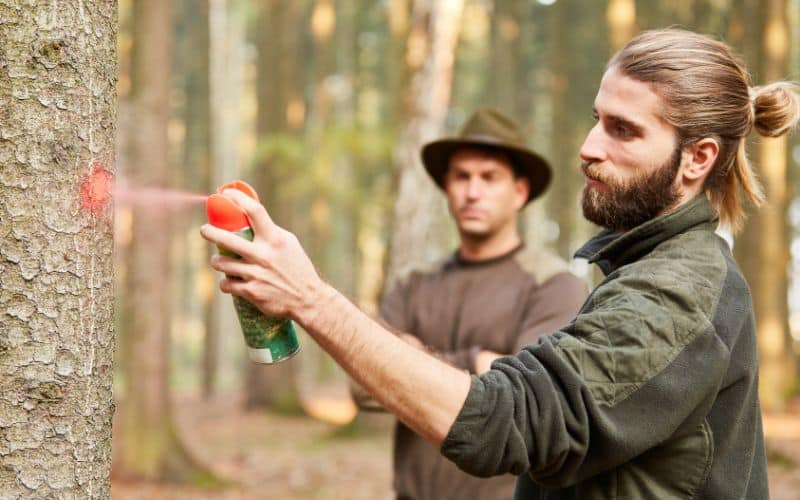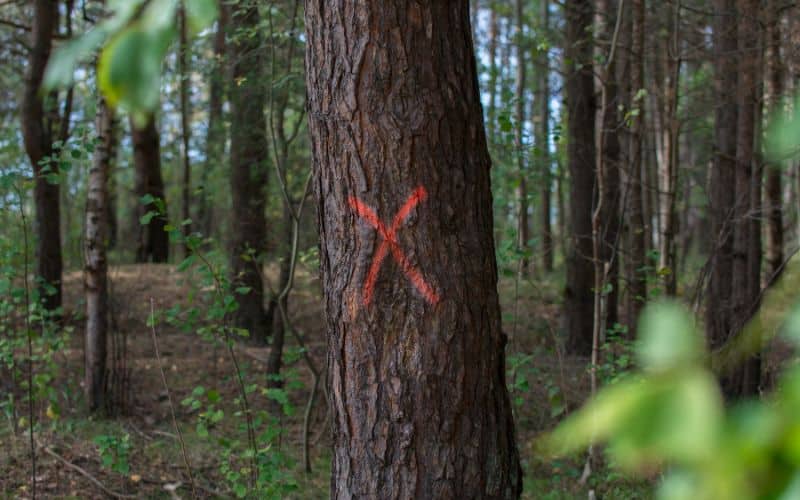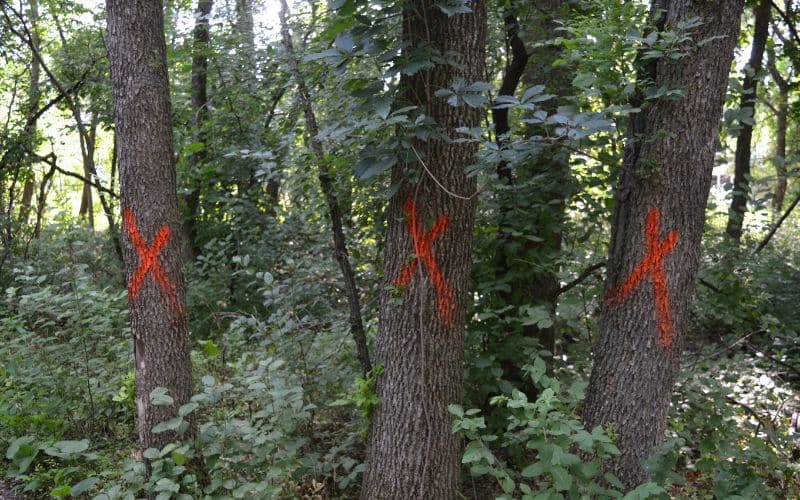
Why is Tree Marking in Ontario So Important?
Tree marking is more than just slapping some paint on a trunk; it’s a science and an art that plays a crucial role in forest management. In Ontario, this practice is especially vital for maintaining the health of our forests and ensuring sustainable timber harvests. So, if you’re an aspiring tree marker or someone interested in forestry, this guide is your go-to resource.
What is Tree Marking and Who is a Tree Marker?
Tree marking involves the selective identification of trees for various management objectives, such as harvesting, conservation, or wildlife benefits. A tree marker is a trained individual responsible for making these decisions based on a series of actions taken to meet specific goals. In Ontario, becoming a certified tree marker involves rigorous training and adherence to guidelines set by organizations like the Canadian Institute of Forestry.
The Role of Ontario in Shaping Tree Marking Practices
Ontario isn’t just another province when it comes to tree marking; it’s a trendsetter. With its comprehensive Ontario Tree Marking Guide, the province sets the gold standard for tree markers everywhere. This guide is more than just a handbook; it’s a compendium that dives deep into the intricacies of silvicultural practices and the nuances of biodiversity. So, if you’re a tree marker looking for a place where best practices are not just encouraged but institutionalized, Ontario is your go-to destination.
How to Gain a Stable Experience as a Tree Marker in Ontario
If you’re aiming for a rock-solid career in tree marking, Ontario has got you covered. The province offers a blend of academic courses and real-world training, often under the esteemed banner of the Canadian Institute of Forestry. This multi-faceted approach ensures that you’re not just book-smart but also field-ready. In Ontario, tree markers are groomed to excel in meeting management objectives, making them some of the most competent professionals in the field.

What Does the Ontario Tree Marking Guide Cover?
Think of the Ontario Tree Marking Guide as your ultimate playbook for tree marking. It’s not just a rundown of the basics; it’s a comprehensive guide that delves into the nitty-gritty of forest management strategies. From the ABCs of tree marking to the complexities of biodiversity, this guide has it all. And let’s not forget, it also serves as your legal compass, outlining the must-dos and absolute don’ts for tree markers in Ontario. In short, it’s your one-stop resource for mastering the art and science of tree marking.
Why Should Biodiversity Matter to a Tree Marker?
Biodiversity isn’t just a buzzword; it’s a responsibility, especially for a tree marker. Your choices can have ripple effects on the ecosystem. Take, for example, a tree with a cavity. It might seem insignificant, but that cavity could be a future home for a critter or a bird. The Ontario Tree Marking Guide doesn’t just pay lip service to biodiversity; it provides actionable insights on how your tree marking decisions can either enhance or protect the rich tapestry of life in our forests.
The Do’s and Don’ts of Tree Marking in Ontario
Tree marking in Ontario is far from a cookie-cutter operation. It’s a nuanced practice where each tree is its own unique case study. Whether it’s a sapling or a towering giant, your marking decisions can make or break the forest’s health and its timber value. That’s why the Ontario Tree Marking Guide isn’t just a suggestion—it’s your bible for best practices. It helps you navigate the complexities, ensuring you make informed decisions that benefit both the forest and your career as a tree marker.
How to Become a Certified Tree Marker in Ontario
Certification in Ontario involves a combination of coursework and field experience. Courses often cover topics like silviculture, forest management, and even the legal aspects of tree marking. Once certified, a tree marker in Ontario is expected to adhere to the highest standards of practice.
What are the Environmental Benefits of Proper Tree Marking?
When done right, tree marking is a win-win for both the environment and the forestry sector. It’s the cornerstone of sustainable forestry and responsible forest management. By selectively marking trees for harvest, you’re not just cutting timber; you’re curating a forest. This allows for natural regeneration and ensures the forest’s long-term vitality. In a place like Ontario, where forestry is woven into the cultural and economic tapestry, the environmental stakes are high, making proper tree marking indispensable.

Common Mistakes to Avoid for a Stable Experience in Tree Marking
Even the most seasoned tree markers aren’t immune to slip-ups. One pitfall that’s easy to tumble into is the “mark it and forget it” approach. Conditions in a forest can change rapidly, whether due to weather, disease, or other factors. A tree that was initially marked for harvest might now be better left standing, perhaps to enhance biodiversity or fulfill other management objectives. So, a pro tip for stability in your tree marking career: Always double-check your work before the saws start buzzing.
Conclusion: The Future of Tree Marking and Biodiversity in Ontario
Tree marking in Ontario is an evolving field, with new techniques and considerations continually emerging. As our understanding of biodiversity and forest management deepens, the role of the tree marker becomes even more critical. By adhering to the guidelines and continually updating their skills, tree markers in Ontario are not just marking trees; they’re shaping the future of our forests.








